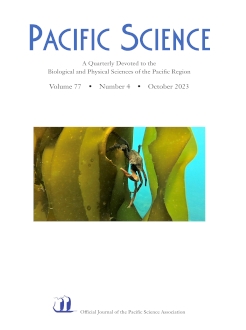Zooplankton are key ecosystem components in the pelagic food web. These organisms move vertically to avoid visual predators (i.e., fish) that prey on them; such movement is known as diel vertical migration (DVM). This study aims to elucidate the dynamics of the daily vertical migration of zooplankton and to determine the factors that govern their migration behavior in an understudied Philippine Lake in Lake Wood (Mindanao Island) from March to April 2019. Zooplankton and several environmental parameters were sampled in the deepest part of the lake at specific depths (1 m, 15 m, 30 m, 50 m, and 70 m) during noon and midnight. Adult females of Thermocyclops crassus displayed typical diel vertical migration patterns accompanied by large migration amplitudes. The food-rich epilimnion supports the abundance of T. crassus during the night and rather dwells in the hypolimnion during the day to evade visual predators. The study underscores the intricate interplay among predation pressure, temperature, water transparency, and total dissolved solids, collectively shaping the observed vertical migration behavior of adult female T. crassus. These perspectives provide a deeper understanding of how these organisms navigate the intricate challenges posed by their environment, offering insights into their strategies for survival and thriving within the ecosystem.
How to translate text using browser tools
14 March 2024
Diel Vertical Migration of Dominant Planktonic Microcrustaceans in a Stratified Tropical Lake?
Marjohn Yucada Baludo,
Julie-An Gregorio,
Rey Donne S. Papa,
Francis S. Magbanua
ACCESS THE FULL ARTICLE

Pacific Science
Vol. 77 • No. 4
October 2023
Vol. 77 • No. 4
October 2023
DVM
Lake Wood
Philippines
Thermocyclops crassus
zooplankton




